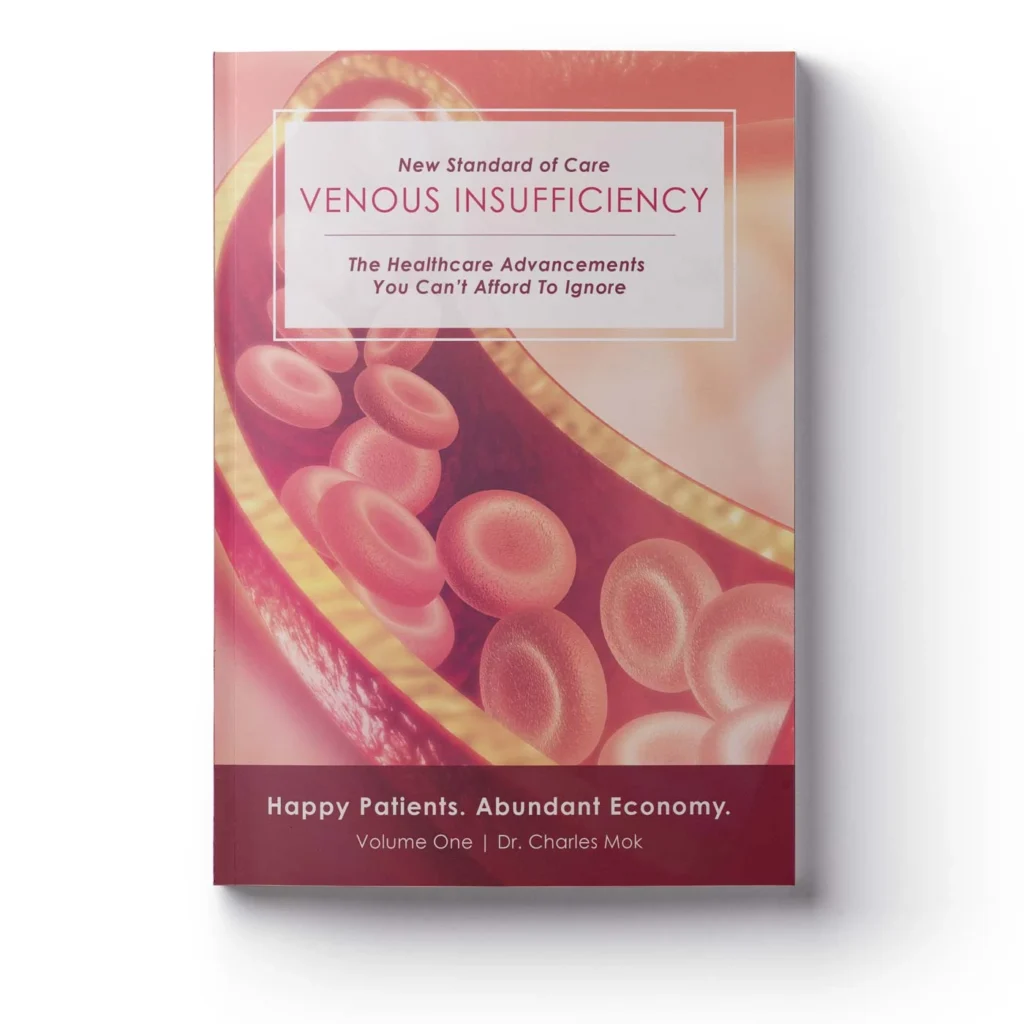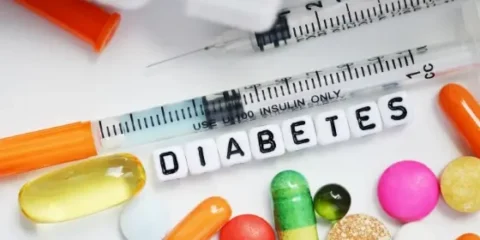We’ve talked about venous insufficiency and how it relates to other conditions in the past but what about if you have Peripheral Arterial Disease (PAD)?
First, let’s break down the difference between venous insufficiency and PAD. We consider venous insufficiency to be an “outflow” problem because blood has a hard time flowing out of the leg veins back to the heart. In contrast, with PAD, blood vessels narrow restricting blood flow to the other parts of the body, most commonly, the legs. Since blood has a hard time flowing into the legs, it’s considered to be an “inflow” problem.
How do you know if you have a blood flow problem? Your doctor can perform an Ankle-Brachial Index (ABI) test. An ABI test compares the blood pressure of your ankle with the blood pressure of your arm. In the case of patients who have symptoms of PAD, a healthcare professional is looking to see if there are blockages in their arteries as well.
In the rare cases where you have an ABI of less than .7, show signs of PAD AND venous insufficiency, it’s important that you consult a vascular surgeon. However, most cases will not be as severe even if you do show signs of both PAD and venous insufficiency. In that scenario, the common recommendation will be to treat the “outflow” condition, in this case, PAD first. Once this issue has been managed, moving on to ablations to treat venous insufficiency can start and with it, more permanent relief is in sight.
Want to learn more? Download our vein ebook today.











